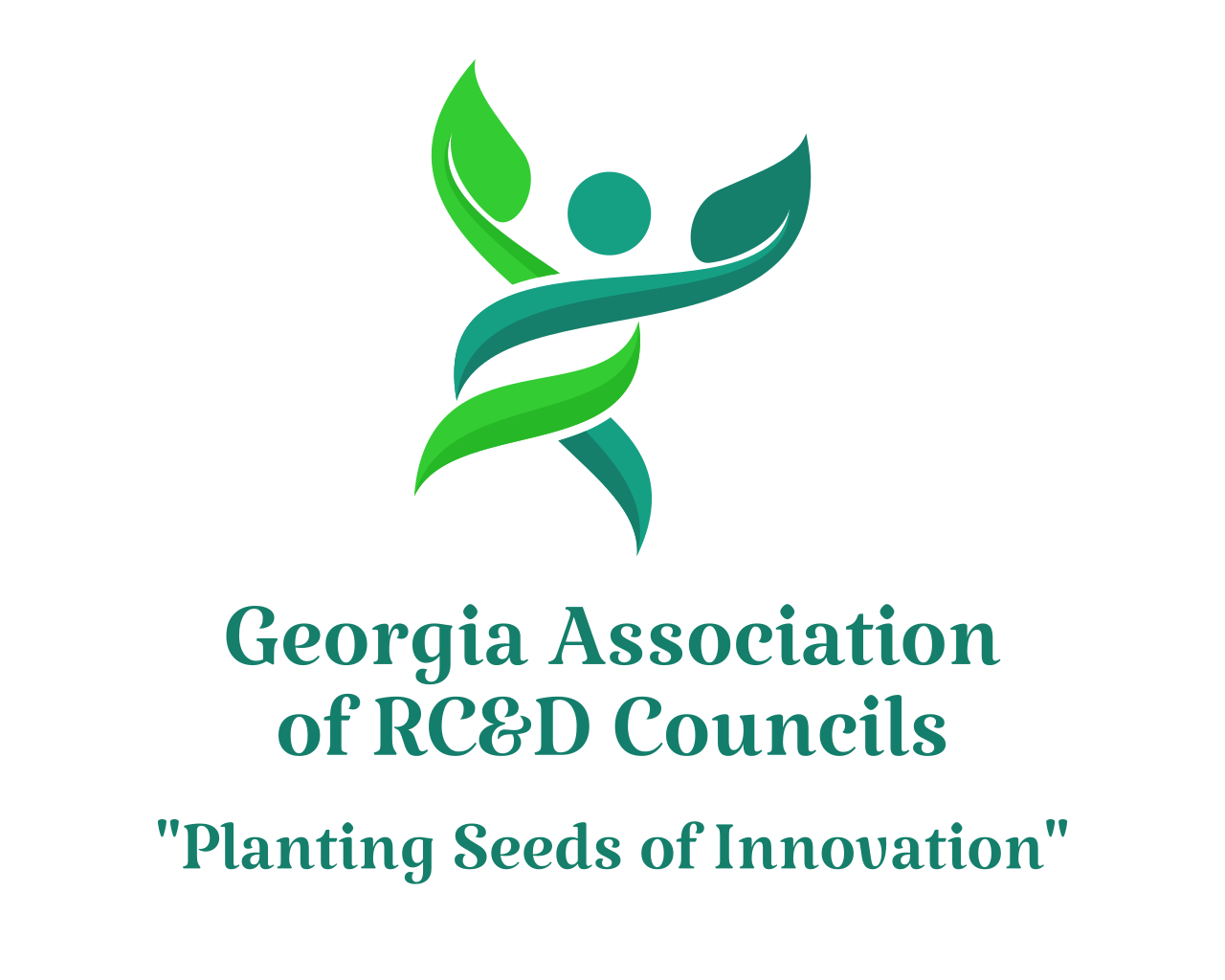
What is an RC&D?
The Resource, Conservation, and Development Program was established in the Agriculture Act of 1962, with responsibility for the administration of the program placed within the Department of Agriculture’s Natural Resources Conservation Service (NRCS). Successive Farm Bills have provided for the further development of the program, including deepening the partnership between RC&D Councils and the NRCS.
RC&D Councils are 501(c)3 non-profit organizations. They are not governmental entities, so the typical policies and constraints of local, state, and federal government programs do not limit the types of issues they address or the means they use. Within their respective areas (typically covering 12-15 counties in Georgia), RC&D Councils have a high degree of independence to carry out activities that will achieve their most important goals. RC&D Council volunteers are leaders and community stakeholders involved in multiple roles in local government, school boards, churches, and other civic activities. At RC&D Council meetings, they draw from their professional expertise and community connections to determine the needs of their RC&D Council areas, address those needs, and make their communities better places to live, work, and play. Nationwide, over 25,000 volunteers serve on local RC&D Councils. (source: National Association of RC&D Councils).

The Four Focus Areas of RC&D Councils
Land Conservation - Councils work with local partners to identify, fund, and complete land conservation projects of all types.
Water Management - RC&D Water Management Projects often create recreation opportunities that also create jobs and make communities more attractive to development.
Community Development- Working with community partners to improve quality of life and address infrastructure needs in rural areas.
Land Management – Supporting Landowners in implementing Best Management Practices (BMP’s) to get the most from their land, both now and in the future.

